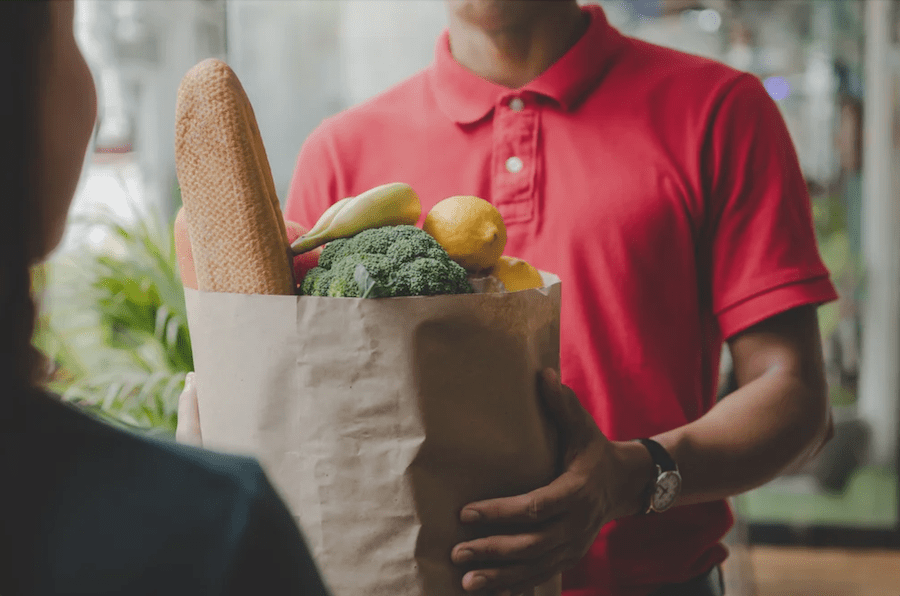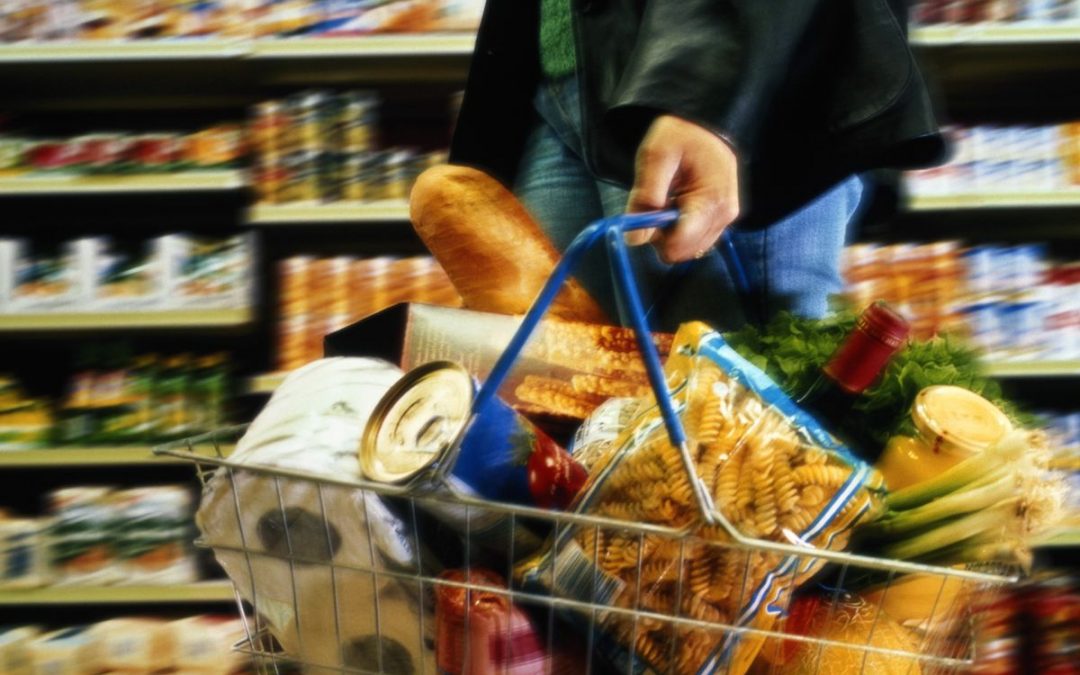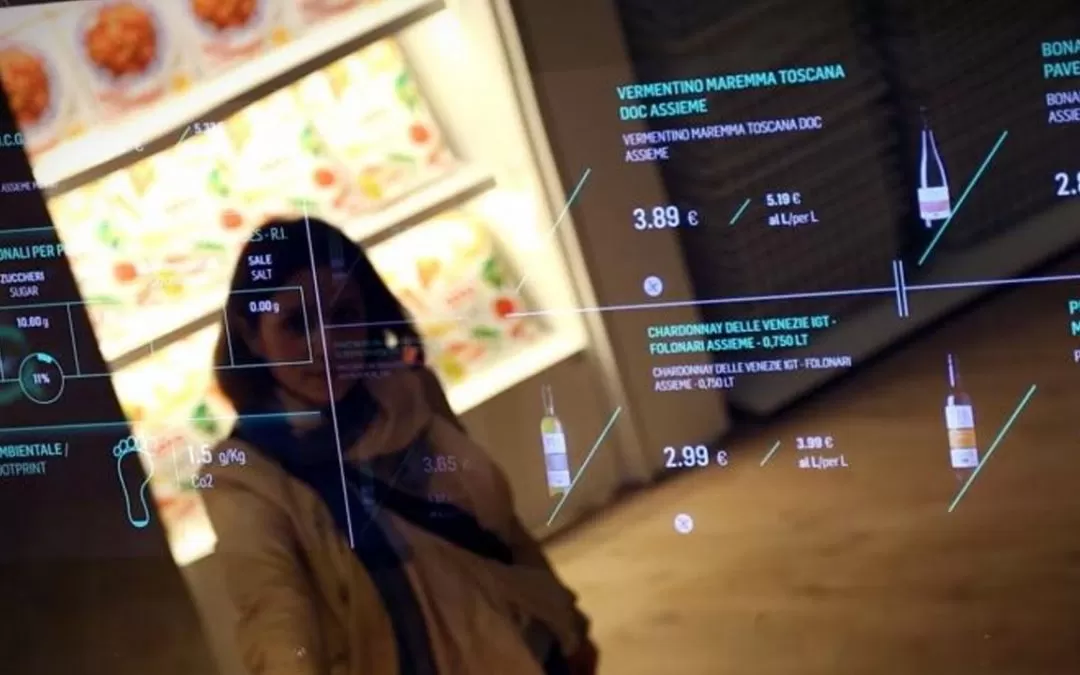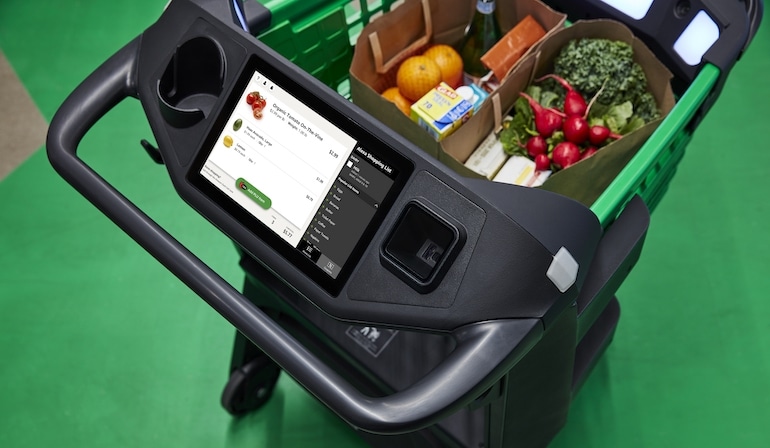Why do independent grocers need ecommerce more than ever? There are a few things in life that are reasonable to call constant. First, people are creatures of habit, and second, they are not necessarily inherently lazy, certainly intrinsic to why as a species we have survived this long, are we perpetually striving to look for the easiest option?
You should always remember that the percentage of your target audience used to technology continues to grow, and your traditional audience leaves.
A recent survey with 5,000-plus shoppers indicates that grocery ecommerce continues to grow in popularity with shoppers and they plan to increase their online shopping. While many may have tried online grocery shopping for the first time, probably because of the pandemic in the last few years, the survey showed that the number of shoppers who plan to increase their online shopping are growing daily.
The most staggering result from the survey shows that 80% of survey respondents said they would continue using online grocery ecommerce services in the next 12 months, the same as or more than they currently do now. This includes 87% of Millennial respondents (ages 24-40) and 78% of Gen X/Baby Boomers (41-70+).
This is the first indication to independent grocers that they should look to grow their online services. Ordering groceries online is very popular, and if the local grocer isn’t offering it, these customers will simply choose to shop with another retailer who is. It’s important to perpetuate this offering so local grocers don’t lose out to competitors.
We all know and appreciate that the big outlets will suck up as much trade as possible, and any independent not offering ecommerce, is giving away business, much bigger than they appreciate. Ask yourself, if the big grocery chains (Tesco, Sainsbury, Asda, Morrisons, Waitrose, Aldi, Lidl etc), have realised there is a move to shopping locally. Proximity and frequency replacing the big weekly store visits of a decade ago.
Independent Grocer’s Ecommerce Advantages
These behemoths know they can win your customers, because of the lack of the willingness of the experts of local shopping, you, the independent to get with the program. An intransigence to appreciate the value of loyal customers translates to a lack of appreciation of online, a means to better serve your neighbourhood, at their convenience.
Statistics available online can verify you could double your turnover by your website, and at a bigger margin. Sadly there are many recalcitrant traders, failing to appreciate their opportunity.
But you have an even bigger advantage, if you do but know it, you know your customers personally and keep product offerings relevant to them, it is not for your convenience. If for years, popping into grab their paper, eggs, milk etc has let you know their first names, wife, kids, schools, health etc – the list is massive, getting them to use your online site should hold no fear.
We’ve all seen the signs “shop local, support your community”, it is already appreciated there is a reason you charge a couple of pence more because you are there when they need you too. (Use it or lose it mentality). Londis, Spar outlets take note.
Saving time was the most popular response for the youngest demographic, Gen Z (23 and under) at 45%, meaning there is an opportunity for grocery stores to grow this audience as they continue to age and start buying their groceries.
Survey respondents also shared how they learned about their local retailer’s online offering. The most common way was through in-store signage and word of mouth. Forty-three percent of millennials and 31% of Gen X/Baby Boomers learned about ecommerce through signs in-store. Word of mouth travelled to 18% of millennial respondents and 19% of Gen X/Baby Boomers. Understanding where online customers come from is key to knowing how to expand the online audience.
There are three important lessons independent grocers can take away from these insights if they want to expand their online program and continue offering quality service to those customers who want to use it.
- Saving time and avoiding a trip to the store with long lines and traffic are all reasons why customers are shopping and will continue. Can they park when they get there, is it raining or cold, are they physically able to get there – both healthy and have had a drink etc, or do they simply prefer someone else to make the effort for them – these are all key decision-making reasons.
- Online customers are planning to online shop at the same rate or more. These customers depend on their local grocers to continue to offer this service and improve their online experience.
- Hyper-personalisation. The greatest reason people like to choose their products is only they know what’s going in their head at any moment in time, like what they want for dinner tonight. You might be surprised to learn however that software now exists, specifically to address this issue, called hyper-personalisation software.
It uses previous purchase history and impressions for each individual based not their visit to your site, to be able to best calculate which products they are most likely to buy next and when. It provokes that sale by offering that individual’s unique product selection in a unique email.
Timed to arrive at the perfect opportunity for that individual shopper, ensures an even better response rate. Forrester and McKinsey suggest this could be as high as 20x (twenty times) all other marketing efforts combined, illustrating just how powerful personalisation is.
For grocers looking to expand their online audience, it’s important to identify how people find out about your online program. If retailers want to continue to grow their online audience, they can’t wait for customers to come to them — they need to thoughtfully market this program far and wide and encourage customers to share in their networks.





